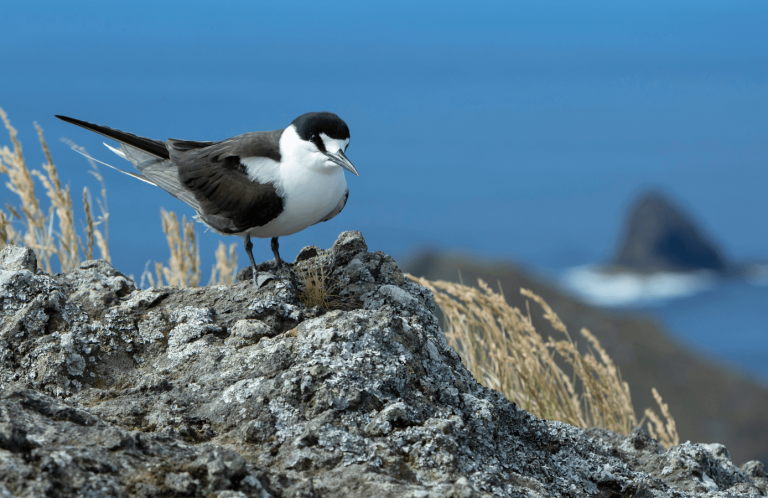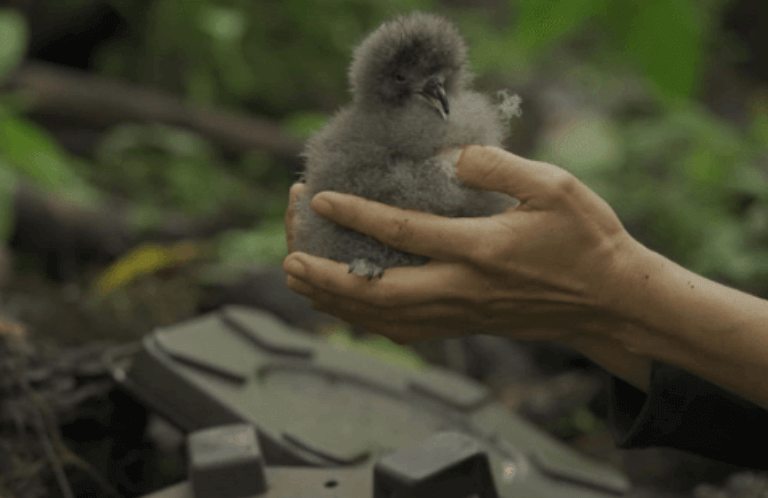New iNaturalist Space Created to Track Avian Flu in Seabirds

Avian flu continues to infect and kill wild birds around the world, leaving researchers struggling to understand this new, deadlier version of a historically mild pathogen. For birds that nest in large, dense colonies, like seabirds, the impacts have been especially devastating. This November, in Peru alone, an estimated 14,000 seabirds died from the disease. However, up to this point, there has been no way to report seabird deaths across national boundaries at a central location.
That changed earlier this month, thanks to Sea McKeon, American Bird Conservancy's (ABC) Marine Program Director. On December 1, McKeon set up a project on iNaturalist, an open and free-to-use wildlife observation-sharing platform, enabling researchers and citizen scientists across the Western Hemisphere to report sightings of dead and dying seabirds. McKeon was inspired to create the resource at a recent meeting of the Atlantic Seabird Cooperative, when several organizations voiced concerns that there was no centralized location for casual observers to log such sightings.
Observations are already rolling in. People along both coasts of the Americas, from Alaska to Tierra del Fuego, have logged more than 4,000 observations of nearly 250 bird species. Some observations have even come from farther afield, including places like Hawai‘i and Iceland.
The sightings so far corroborate other sources of data. There is a known avian flu outbreak in Peruvian Pelicans in Ecuador, McKeon said, and submissions include Peruvian Pelican sightings around the area of the outbreak.
Ultimately, he hopes that this project will help scientists to better understand the outbreak's spread — for instance, it has only recently reached South America — by providing data from areas without established record-keeping. Observations could help direct researchers to carcasses that should be tested for bird flu, and help them get a better understanding of which species are most impacted in a given area.
The sightings could even provide important data on seabird mortality not caused by avian flu, helping researchers keep track of particular species and other common causes of death. This, in turn, could inform local species protections.
“It is a little morbid,” McKeon said, “but I hope it will be of use to people studying bird conservation going forward.”
###
American Bird Conservancy (ABC) takes bold action to conserve wild birds and their habitats throughout the Americas. Inspired by the wonder of birds, we achieve lasting results for the bird species most in need while also benefiting human communities, biodiversity, and the planet's fragile climate. Our every action is underpinned by science, strengthened by partnerships, and rooted in the belief that diverse perspectives yield stronger results. Founded as a nonprofit organization in 1994, ABC remains committed to safeguarding birds for generations to come. Join us! Together, we can do more to ensure birds thrive.
Media Contact
Jordan Rutter
Director of Communications
media@abcbirds.org


















































